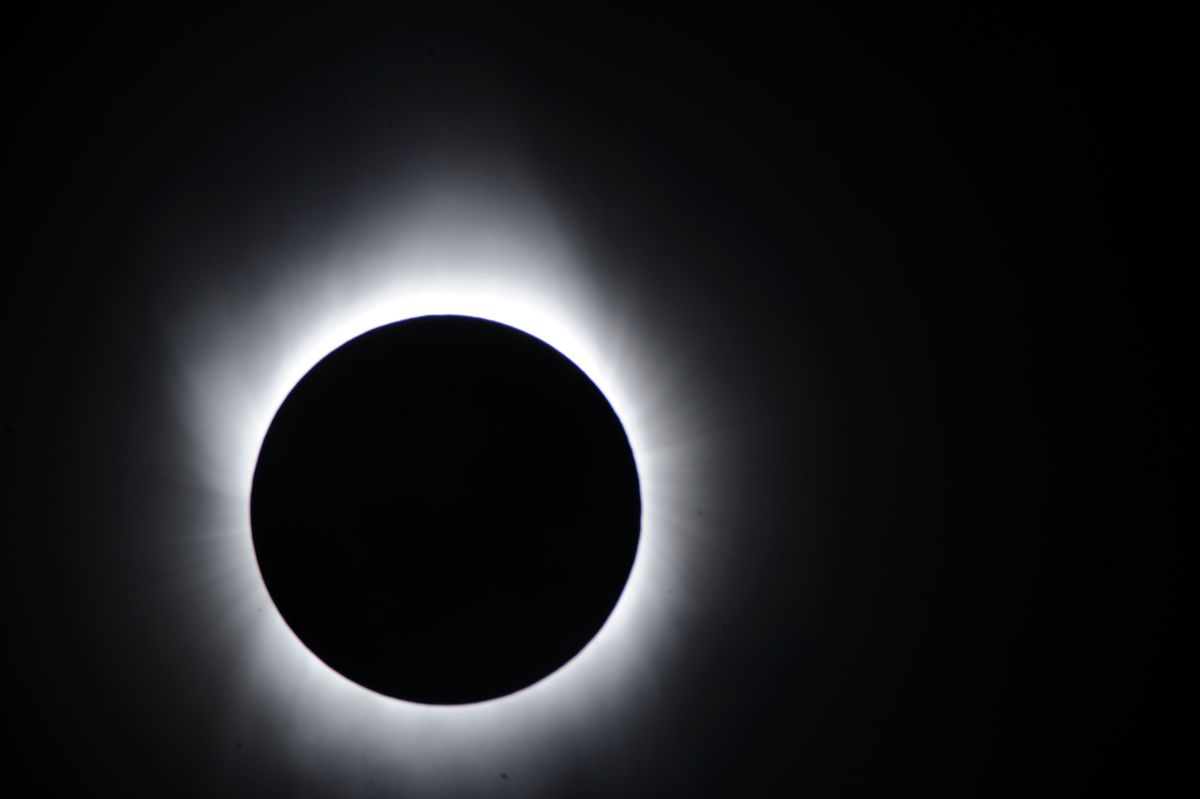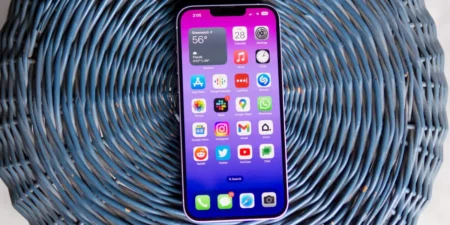If you’re one of the lucky individuals who is able to get close enough to watch the total solar eclipse, then you’re in luck. Whether you’re going to watch it outside or want to watch it on your screen, we’re going to share a few things with you as to how and when you can watch today’s solar eclipse.
- What is Total Solar Eclipse’s Path across the United States?
The solar eclipse is expected to begin in the middle of the Pacific Ocean around 11:46AM ET. That’s when the Moon will start traveling in front of the Sun. In terms of coninental US, the total solar eclipse will start on the coast of Oregon around 12:05PM ET. At about 1,500 miles per hour, the shadow will start traveling across.
- What can happen during the eclipse?
Well, you can expect a giant black orb creeping across the Sun. What’s more interesting is that this is a unique phenomena for those who are able to fully observe this. Once the Moon begins to fully conceal the Sun, it will create a diamond rung effect.
- Can I watch it with my eyes or do I need to wear something?
Looking at the Sun directly is bad for your eyes. In order to view directly, you will need to pick up a pair of solar filter sunglasses, which block more than 99.99 percent of sunlight, as well as ultraviolet and infrared radiation.
NASA and the American Astronomical Society have provided a list of manufacturers who provide safe and standardized glasses for viewing the Sun.
- When can I watch with my own two eyes?
The moment the Sun is completely covered, you have a very short period where you can take off those filter glasses to view the corona directly. Make sure to put the glasses back up quickly after you see it. Don’t take too long!
- What should you use to take pictures of this event?
You can take pictures with your smartphone, but since there isn’t good zoom, it’s recommended that you use a DSLR camera, if you have one. NADA did say that the lens are too small to be damaged by the Sun, so you may get away with taking pictures with whatever you use.
- I won’t be able to see the eclipse since it’s not in my path, can I still watch it?
Most definitely! First, NASA will be hosting an “Eclipse Megacast” live stream that you can watch. The stream will last for about four hours. NASA will broadcast hosting the stream on its own NASA TV, as well as YouTube and Ustream.
If you want to see it from other sources, TNW rounded up a list of partnered affiliates who will live stream it as well:
- @USATODAY : Totality at 1:15 p.m. ET. – Newport, Oregon
- @statesmanjournal : Totality at 1:17 p.m. ET. – Salem, Oregon
- @detroitfreepress : Totality at 1:25 p.m. ET. – Weiser, Idaho
- @USATODAY : Totality at 1:35 p.m. ET. – Grand Tetons, Wyoming
- @coloradoan : Totality at 1:42 p.m. ET. – Casper, Wyoming
- @dmregister : Totality at 1:49 p.m. ET. – Carhenge, Nebraska
- @dmregister : Totality at 2:06 p.m. ET. – St. Joseph, Missouri
- @enquirer : Totality at 2:24 p.m. ET. – Hopkinsville, Kentucky
- @tennesseannews : Totality at 2:27 p.m. ET – Nashville, Tennessee
- @knoxvillephoto : Totality at 2:33 p.m. ET. – Farragut, Tennessee
- @greenvillenews : Totality at 2:37 p.m. ET – Anderson, South Carolina
- @citizentimes : Totality at 2:46 p.m. ET. – Charleston, South Carolina
Of course all major networks will be covering this as well, so be sure to check them out.
Now grab your glasses and have them handy on you for when the totality occurs.





